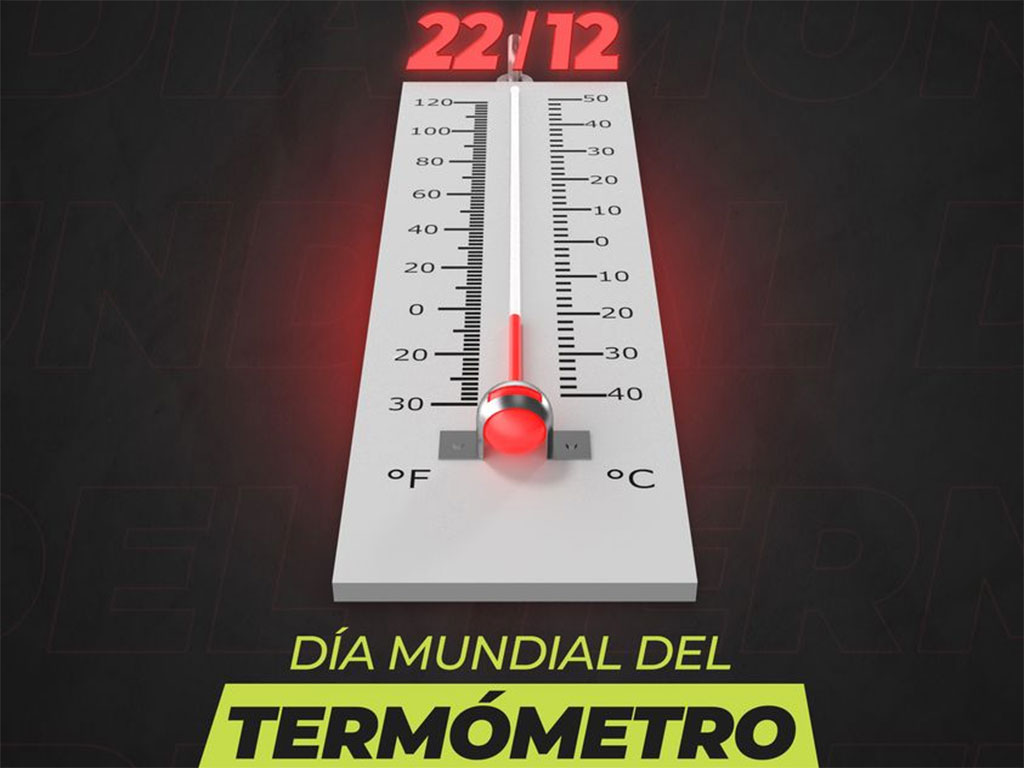Humanity celebrates today the World Thermometer Day, a basic and essential instrument for measuring body or environmental temperature, whose invention proved very valuable in everyday life, especially in medicine.
Galileo Galilei devised in 1552 a device initially known as thermoscope, to measure the temperature of the environment.
Later, the Jesuit Jean Leurechon named this valuable instrument a thermometer in 1624, which continued to evolve.
In 1714, the Polish physicist and engineer Gabriel Fahrenheit created the mercury thermometer with a sealed bulb and a glass capillary, so that the liquid metal could expand and rise as the temperature increased.
Fahrenheit designed the thermometric scale that bears his name and is still in use today.
Later, in 1743, Jean-Pierre Christin created the Lyon thermometer, based on mercury and with a new scale of degrees Celsius.
In 1867, the Englishman Thomas Clifford Allbutt made improvements to the glass tube with mercury reservoir and graduated rod.
During World War II, Theodore Hannes Benzinger developed the ear thermometer and in 1984 David Phillips produced the infrared ear thermometer.
Currently, the use of digital thermometers prevails, due to the contaminating effect of traditional thermometers.
Temperature taking is common practice to detect fever, a symptom of disease, and thermographic devices or cameras are available at ports, airports, schools and other places to monitor body heat.
The mercury thermometer is the best known instrument for measuring temperature, as they are practical and have an accurate degree of measurement, while this liquid metal is used because of its great capacity for dilation.
There are several types of these instruments with different functions and uses, among them the pyrometer, which measures high temperatures in factories, foundries and baking ovens by capturing infrared radiation and the distribution of thermal radiation.
The pyrometer measures the temperature of a substance without being in contact with it.
There is also the bimetallic foil thermometer, composed of two metal foils with different expansion coefficients.
There are also gas thermometers, which are highly accurate and can be pressure or constant volume thermometers, and resistance thermometers, consisting of a metal wire whose electrical resistance changes with heat.
Also, the digital thermometer, which uses electronic circuits and integrated sensors whose voltage variations are expressed in digits, and the thermocouple, based on the electromotive force generated by heating the welding of two metals.




